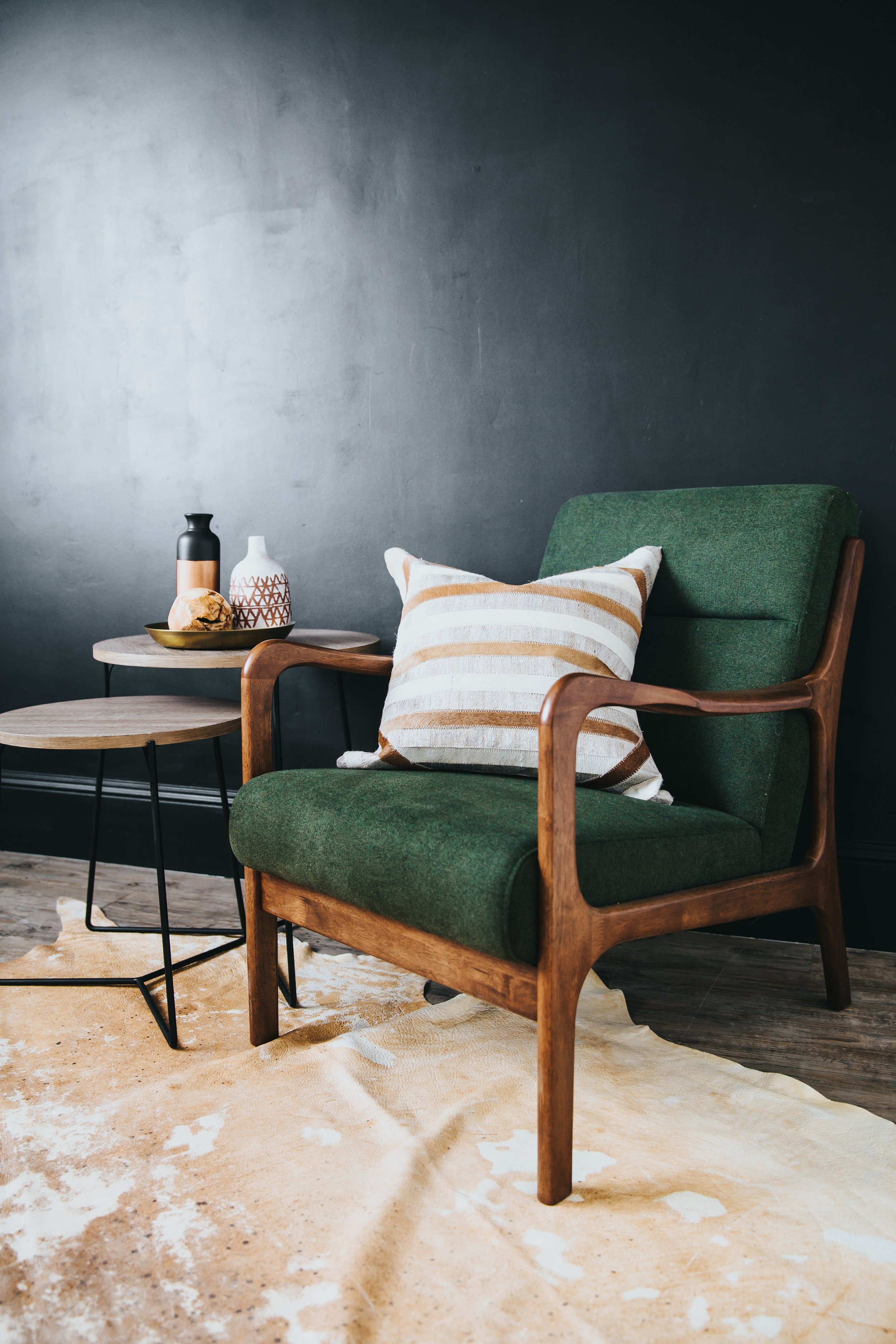
About The Adult Chair
I found Michelle Chalfant and The Adult Chair® online sometime in 2019. And ever since, I listened relgiously to her podcast, joined her online community and attended an Adult Chair Workshop in Nashville, TN, USA.
The way Michelle addresses stuff – hard issues, life experiences, feelings and the child within – has just been a game changer to me and my journey. I won’t lie: it’s been challenging and freaking hard. It still takes a lot of effort, but you know what? It’s worth it. The transition I have gone through, the self-growth and compassion for myself and others is immense. It’s good stuff. I wouldn’t have committed to an intensive certified coaching program with The Adult Chair if I didn’t think it was worth it.
If this speaks to you, please get in touch. It’s so worth it.
The Child Chair
Your inner child forms between ages zero and seven, and it is the foundation of your true feelings and needs. The inner child is deeply vulnerable, which makes it the source of deep, connected relationships.
It is also where early wounding can occur, which shapes our view of the world as we grow up. When seated in the Child Chair, we find creativity, passion, spontaneity, trust and intimacy.

The Adolescent Chair
In adolescence, you begin to develop your own identity and realise that you are separate and unique from the world around you. As the ego forms, so does the desire to protect yourself, whether the daggers are real or imagined.
When seated in the Adolescent Chair, we become perfectionist, judgemental and controlling, and we develop a mask to hide our authentic selves from a world that seems cold and rejecting. Most of us live from this place until we awake and decide we are ready to change.
The Adult Chair
The Adult Chair represents your highest self: living in the present moment, dealing with facts and truth over stories and assumptions and being able to set boundaries from a place of patience and compassion.
While seated in the Adult Chair, we can deeply connect with our inner child’s needs and feelings and objectively observe our adolescent’s behaviours. It is here, and only here, that we can become aware of—and overcome—the emotional triggers and negative patterns that hold us back.




